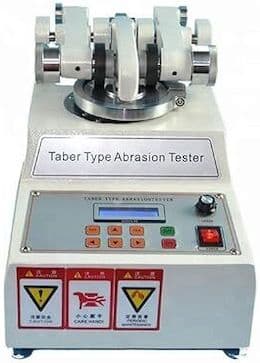
Home of the world famous 'finishing.com HOTLINE' since 1989
-----
Anodized Aluminum Particles
Q. My company manufactures hemispherical parts for the medical field that are black anodized hardcoat aluminum,
MIL-A-8625 / MIL-PRF-8625
[⇦ this spec on DLA] Type III, Class II. Recently, the parts have been leaving fine black particles on any surface it touches. The parts have been in the field for over two years, which makes me want to rule out manufacturing issues. The cleaning agents used in the field are neutral pH. Has anyone seen this before? Any ideas about what causes it?
Thanks for your help.
Medical Device Manufacturer - Fair Lawn, NJ
2007
|
|
A. We really need more information. Meanwhile, high heat will crack it off. High pressure will crack it off. If the parts were mechanically finished before anodizing, then maybe, iron media dust is embedded then bridged over by the oxide, then cracking off under either heat and/or pressure. Inadequate cleaning and/or deoxidation before anodizing would be bridged over and crack off later under service.  Robert H Probert Robert H Probert Technical Services Garner, North Carolina  A. Sounds to me like the anodize coating is being slightly crushed from use and is breaking up into fine particles. James Watts- Navarre, Florida Alloy? Organic or two-step dye? Cleaner? Thermal cycling, perhaps with steam? Is the surface easily abraded? Is the remaining surface (beneath the lost particles) still black? Any Type II salt spray and Type III Taber test results for anodize of the same vintage, on the same alloy? Also, any salt spray test results for sealed Type III per MIL-A-8625F, Amendment 1? - Goleta, California Rest in peace, Ken. Thank you for your hard work which the finishing world, and we at finishing.com, continue to benefit from. |
No dead threads!
Your Q, A, or Comment puts this thread on The Finishing.com HOTLINE.

